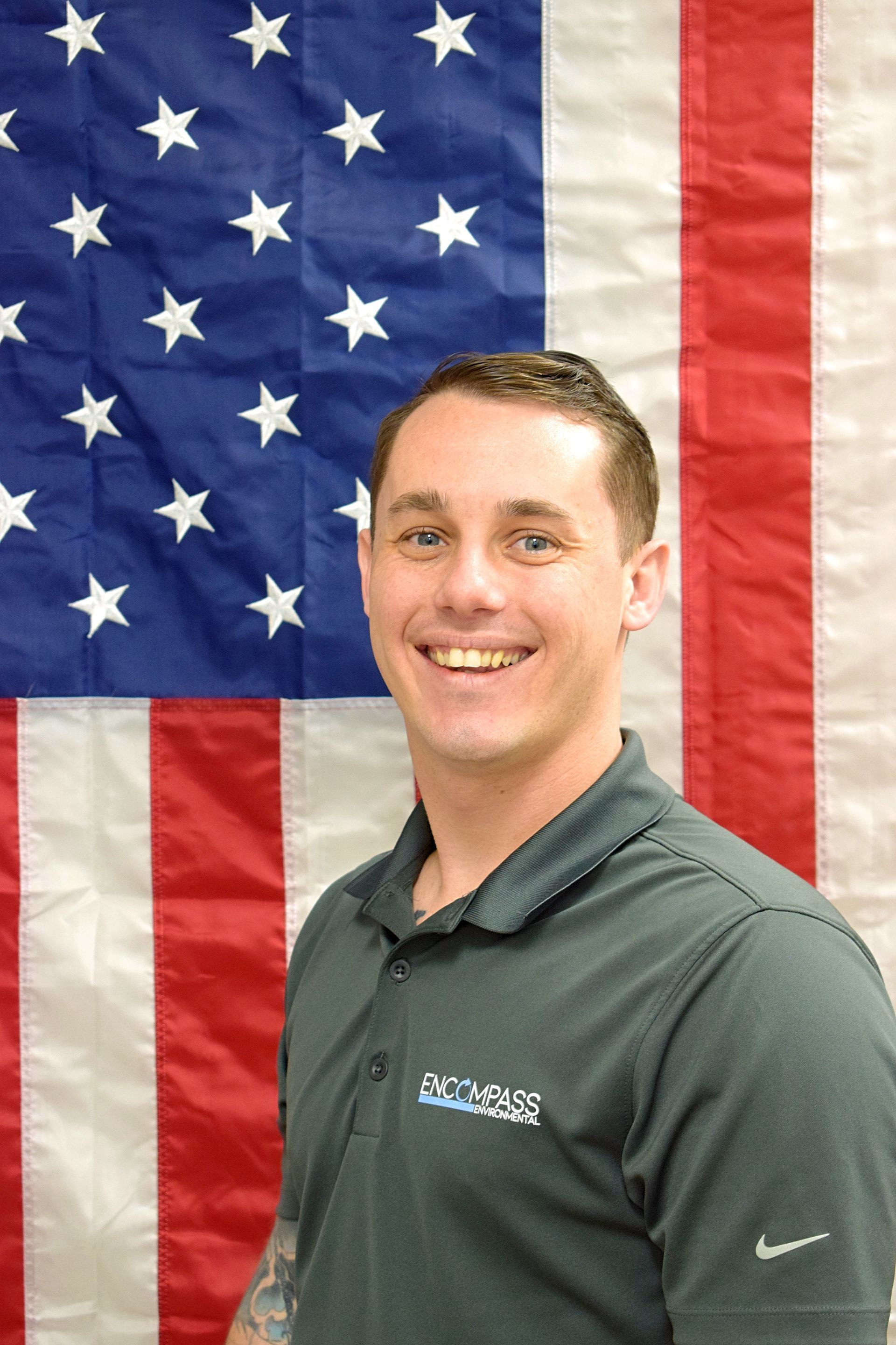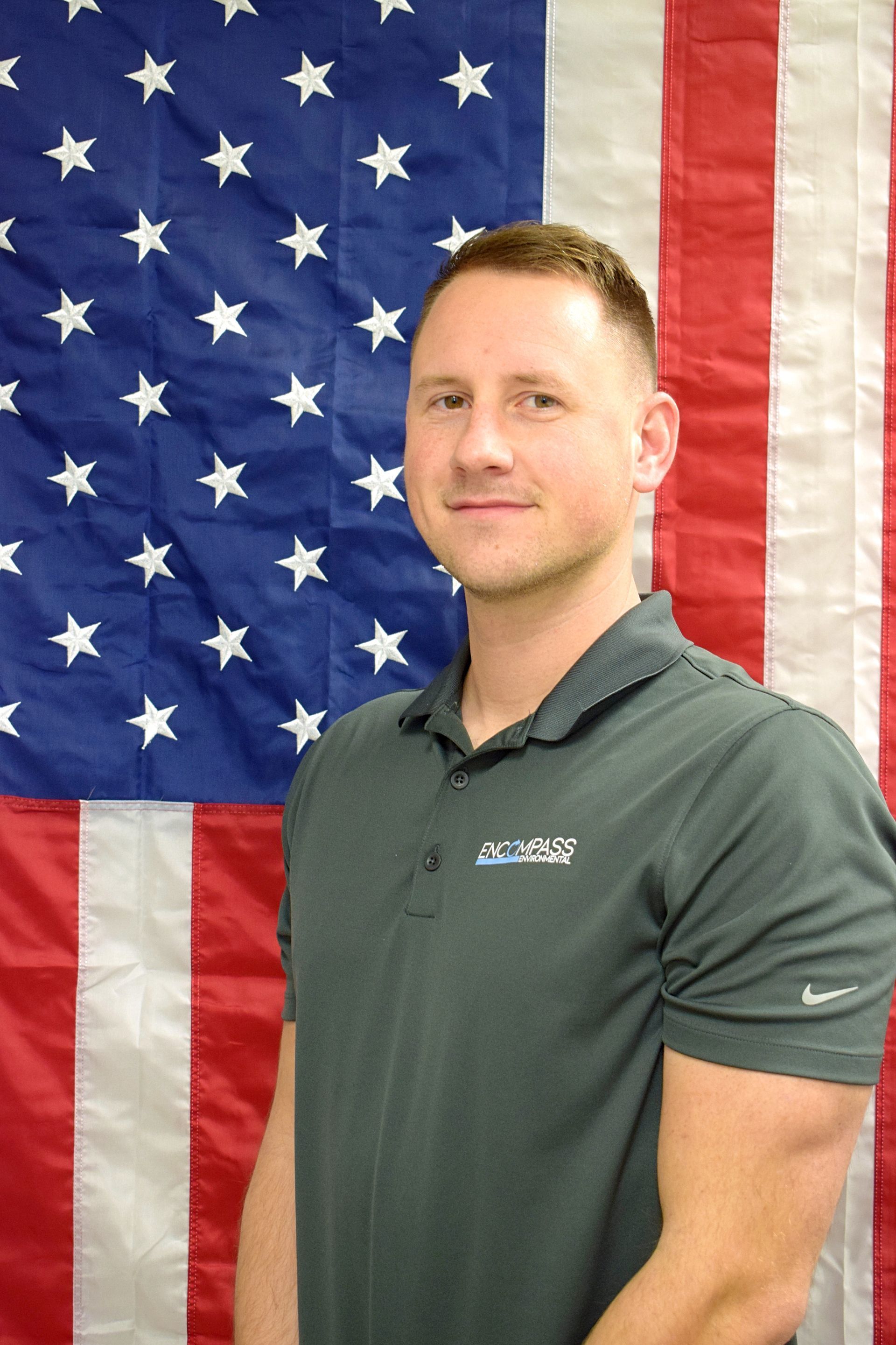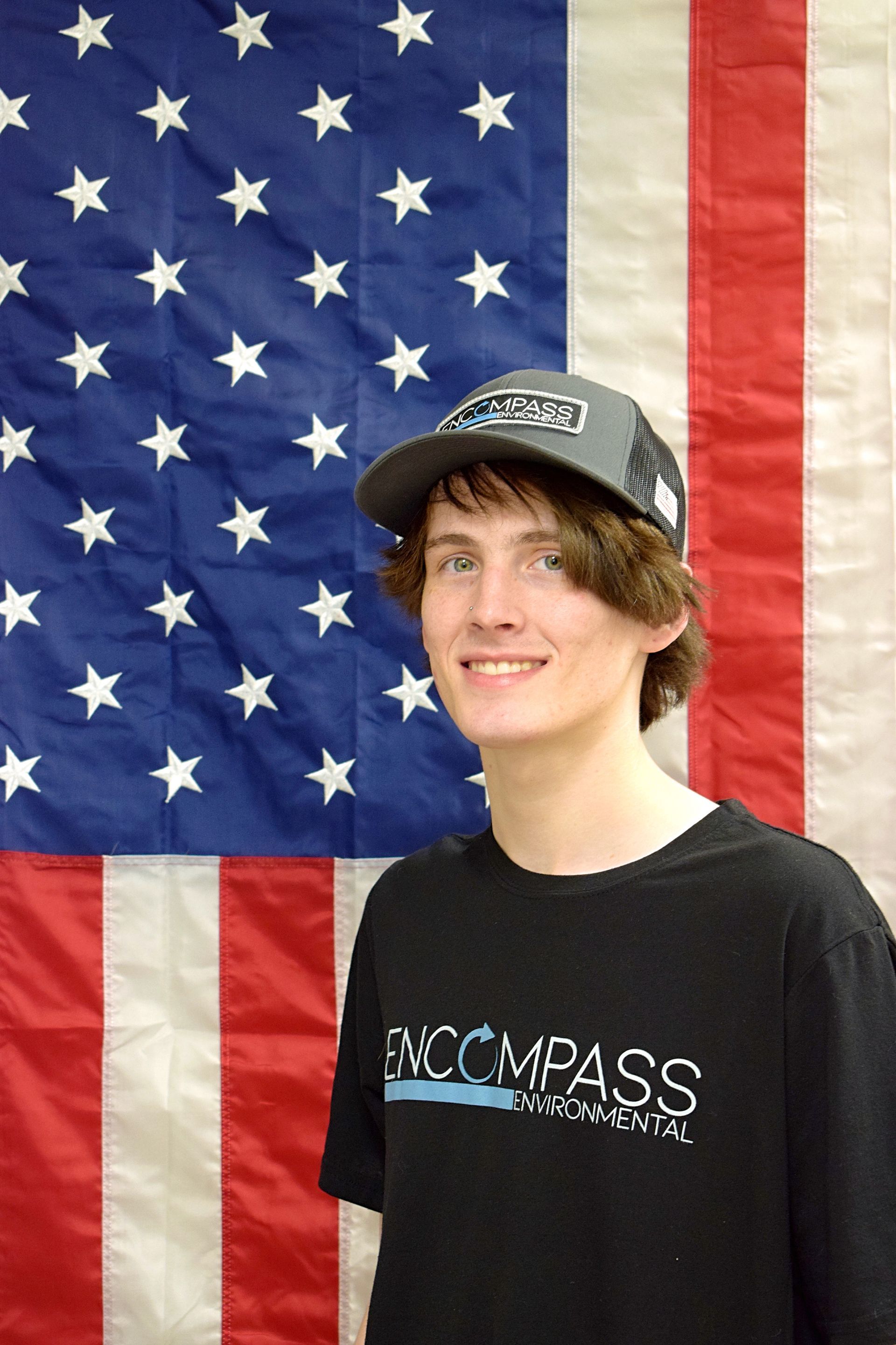Mold Becomes Dangerous. Fast.
Mold can take hold just 24–48 hours after a leak, overflow, or flood—even if you don’t see it. It often hides behind finishes and inside building systems.
Despite the dry climate of Western Colorado and Eastern Utah, indoor conditions are perfect for growth: warm rooms, steady moisture from kitchens and baths, and organic food sources like wood and paper. Around Grand Junction to Moab, we also see mold tied to evaporative coolers, summer monsoon leaks, snowmelt seepage in basements, and slow plumbing drips in crawl spaces.
Most Common Places For Mold Growth

Wall Cavities

Air Ducts

Crawl Spaces

Basements & Attics

Wallpaper

Carperting

Windowsills

Appliances (Washing Machines/Fridges etc.)
Removing Mold Permanently
Mold doesn’t just ruin finishes; it can weaken building materials and irritate your health. Exposure may trigger coughing or wheezing, sinus and eye irritation, headaches, and fatigue—especially for kids, older adults, or anyone with allergies or asthma.
Common signs to watch for
- Musty, sour, or “wet cardboard” odors
- Dark spotting or fuzzy growth on walls, ceilings, or corners
- Water stains, cracked plaster, or buckling drywall
- Peeling paint or wallpaper
- Musty-smelling AC or heating systems
Why DIY makes it worse
Scrubbing mold can aerosolize spores and fragments, pushing contamination into adjoining rooms—and your HVAC system—so it shows up throughout the home. Bleach and household cleaners often fade stains but don’t reach into porous materials, leading to constant regrowth while exposing you to harsh chemicals.
Local factors to consider
Even in Western Colorado and Eastern Utah’s dry climate, indoor conditions can fuel mold: warm rooms, moisture from kitchens and baths, evaporative coolers, summer monsoon leaks, and snowmelt seepage in basements or crawl spaces.
For professional mold remediation done right the first time, contact Encompass Environmental. We contain the problem, remove affected materials, treat the source, and verify clean, dry air before we call it complete.
Fully Qualified
Each of our team members hold an Asbestos Supervisor Certification from the CDPHE (Colorado Department of Health and Environment)
Fully Insured
Every project is backed by comprehensive insurance, ensuring that you have complete peace of mind that your project is protected.
Background Checked
Every crew member passes rigorous DUI, Drug Tests, and Criminal screenings, so the people restoring your space meet the highest standards of safety and integrity from day one.
Different Types of Mold Require Different Preparation & Treatment
Mold can be separated into three broad categories:
Allergenic
These molds provoke allergic reactions. Sneezing, itchy eyes, rashes, and asthma flare-ups. Even at relatively low levels. Because they often hide in HVAC systems or behind baseboards, symptoms can persist until the source is found and removed.
Pathogenic
Pathogenic molds can cause illness in people with weakened immune systems, including those undergoing chemotherapy, transplant patients, and individuals with chronic lung disease. Prompt, professional remediation and strict moisture control are essential to protect vulnerable occupants.
Toxigenic
The most concerning group, toxigenic molds can produce mycotoxins. Elevated exposure may lead to more serious effects such as respiratory inflammation, persistent headaches, and fatigue. Safe handling requires tight containment, HEPA filtration, and thorough source removal—DIY cleaning can spread spores and make conditions worse.
Our Mold Remediation Process at Encompass Environmental
Serving Grand Junction and the wider Western Slope into Eastern Utah, our IICRC-certified team goes beyond stain cleanup to fix the moisture problem, remove contamination, and verify results.
1) Assessment & Moisture Mapping
We inspect visible growth and hidden areas (wall cavities, crawl spaces, HVAC), use moisture meters/thermal imaging, and—when appropriate—collect air or surface samples to define the scope.
2) Containment & Air Control
To prevent spread, we seal the work zone, create negative pressure, and run HEPA air scrubbers. Pathways and vents are protected to stop cross-contamination.
3) Source Removal & Deep Cleaning
Porous materials that can’t be salvaged are removed; restorable surfaces are HEPA-vacuumed and treated with industry-approved methods. If needed, we service ducts to keep spores out of your system.
4) Drying & Prevention
We dry the structure, correct leaks and drainage issues, and recommend lasting fixes—dehumidification, ventilation upgrades, or vapor barriers common in Western Colorado basements and crawl spaces.
5) Verification & Clear Reporting
Before we demobilize, we perform post-remediation verification (PRV). You receive photos, readings, and—if testing was used—lab results, plus a walkthrough so you understand exactly what was done and how to prevent recurrence.

David Crockett
Owner

Erik Robinson
Field Supervisor

Shannon Vaughn
Field Technician
Our Qualified Encompass Team is Ready and Waiting to Tackle Your Mold Cleanup Project!
Mold Remediation FAQ
What’s the difference between mold “removal” and “remediation”?
Removal addresses visible growth; remediation fixes the moisture source, safely removes contaminated materials, cleans the air/surfaces, and verifies the results—so it doesn’t come back.
Can’t we just spray or paint over it?
No. Fogging/painting without source removal traps contamination and it returns. Proper remediation removes affected materials and fixes moisture first.
Will insurance cover it?
Often yes when tied to a sudden, covered water loss (burst pipe, appliance failure). Long-term or maintenance issues vary. We document, work with adjusters, and can bill directly when permitted.
Do I need to leave my home?
We isolate work zones with containment. For larger projects, vulnerable occupants (infants, elderly, immunocompromised) may prefer temporary relocation during active work.
Is “black mold” more dangerous?
Color isn’t a reliable indicator. We treat all mold with the same safety and containment standards. The key is moisture control + proper removal.
How do I prevent mold from returning?
Keep humidity 30–50%, vent baths/kitchens, fix leaks fast, maintain gutters/drainage, and service HVAC/filters. We’ll provide a simple prevention checklist if you have further concerns.
